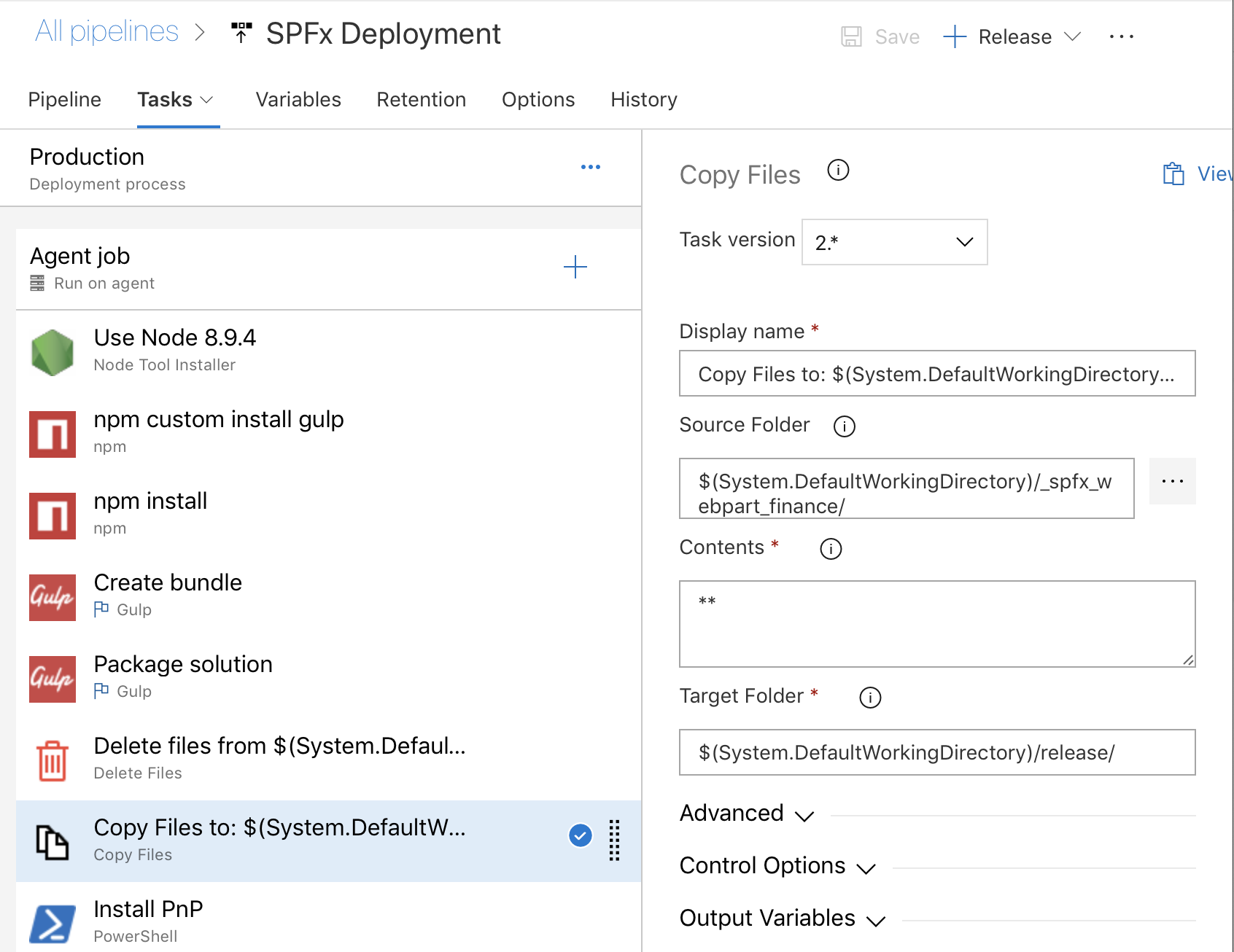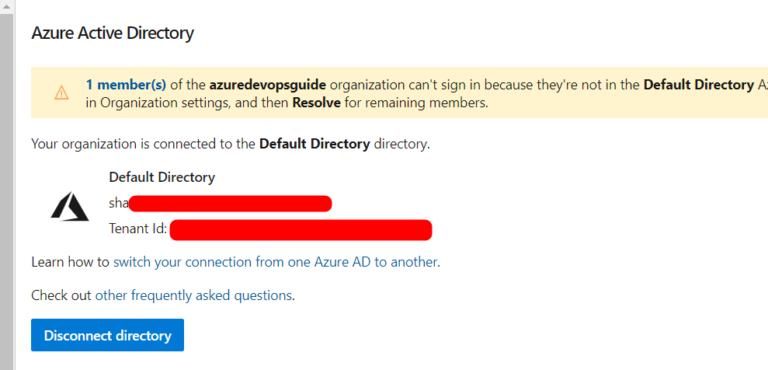
To do that, just use the HTTPS URL you see in your browser. Now, you have a repository, and you can add it to your Git client on your PC. If you don’t have any, you can only create a new one. Repos > Repository name (open the dropdown) > New Repository. If, instead, you already have one, you can select it in the drop-down and select New repository, like in the following screenshot. If you have no repository, you will just see a button to create a new one. To create one, navigate in the Repos page on the left menu. You can have as many as you need in each project. Now, we actually need to create a Git repository to host the code. By creating the project, we created just the outer shell.

Instead, it can include several things beyond code, like Wiki or tasks to do. A project does not merely represent an application.

Now that we created the project we are set to continue with our Azure DevOps PHP tutorial. Instead, you may need to create a new one. In this example, we already have a project, and we will select it. You can always create a new one with the button on the top-right. As you can see here, the organization named rational scale has one project, named RSBP. Once you have some organizations, you can manage different projects in each. Just follow the Wizard, an organization is basically a group of people working on the same set of projects. If it is the first time, Azure will ask to set up your first organization. Once you are inside Azure DevOps, you will see a dashboard with all the organizations you belong to, like the one below. Thus, go to the Azure website and login or register to the DevOps service. The first thing we need to do is having a repository in Azure where we want to put our PHP code. However, Azure can support third-party Git providers as well. If you have your source control inside of Azure, everything will go much smoother, and that’s what we will do today.

Azure DevOps PHP Your project in AzureĪzure works great with its native tools. If, instead, you want to understand why PHP is still a good choice for modern web applications, start here. In case you still need to explore the benefits of CI, I recommend reading this. This article is your how to Azure DevOps PHP CI. You have many options for CI, but Azure DevOps is the easiest one. Of course, all of that must be automatic, and you can do that with Continuous Integration. Instead, you also need to ensure you can update your application quickly, and ensure its quality with tests. While PHP continues to be a modern language, simply using a modern language is not enough for modern applications. PHP is a great choice to create web applications.


 0 kommentar(er)
0 kommentar(er)
